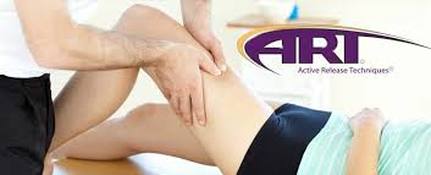Fill Out the Form Below to Request Your Complimentary Sports Injury Functional Movement Assessment ($100 Value)
Locations in Fox Chapel Area & Downtown Pittsburgh
What's Your Risk for a Sports Injury?DID YOU KNOW...
Pain and Injury can also cause other areas to eventually become injured, even after the original pain is gone? I am going to explain this phenomenon in simple terms. When you have pain, you start to move differently. Let's say you strained your lower back and have significant pain. Your body subconsciously starts to protect against painful movements. Other muscles, that aren't injured, will start to take over the tasks of the injured muscles so you'll feel less pain. Let's call this compensatory movement. Still with me?? For the record, this is a good response. and a smart design. In this scenario, people will often see their core muscles function change to compensate for the low back injury. Again, this is to avoid painful movements. This part is widely accepted and known. But, what studies are starting to show, is that even when you are “healed”, those compensations remain. Ok, let's talk about being “healed”. What I'm really referring to is being PAIN FREE. So, when your low back strain is no longer causing pain, you're “healed”. But technically you aren't in a lot of cases. And the reason is that the learned compensations remain. If your outer core muscles are doing the function of inner core muscles still because of your previous low back injury, you can bet this will lead to injury elsewhere eventually in most scenarios So What Can You Do? Well if you're actively injured and experiencing pain, certainly you want to control that through treatment. In my office, we treat injuries through Active Release®. You can click here to find out more about Active Release® and the common injuries we treat. Once you are pain free, it's really time to start breaking your movements down to a functional, elementary level to see what is lacking. In my office I evaluate this through a 10-Point Basic, Functional Movement Evaluation. And depending on how you score on this, we can diagnose your compensations. By the way, most people get hurt because of altered functional movement. So even if you don't have a history of injury, you can still determine what risk you are for a sports injury through this assessment. If you'd like to receive a complimentary Functional Movement Analysis to determine your risk of injury, fill out the form on this page and we will contact you shortly with some appointment options! -Dr. Bucci |
Click to Call Now 412-517-8436
Fill Out Form to Receive Your Complimentary Sports Injury Functional Movement Assessment ($100 Value): |


